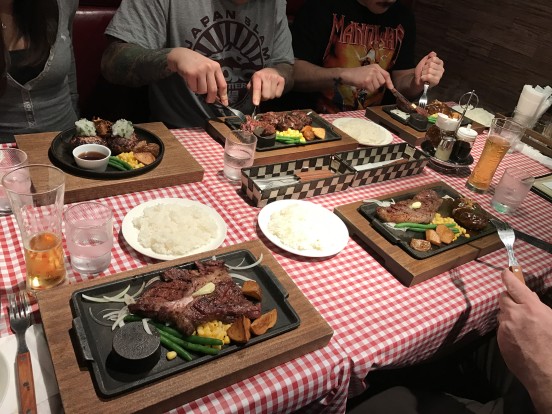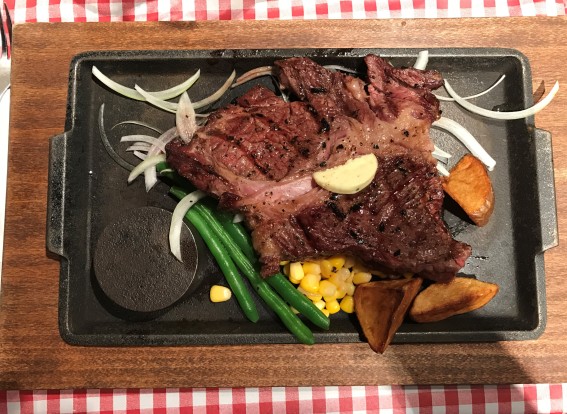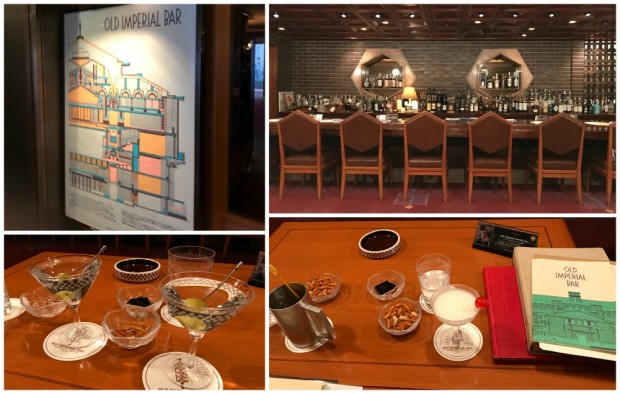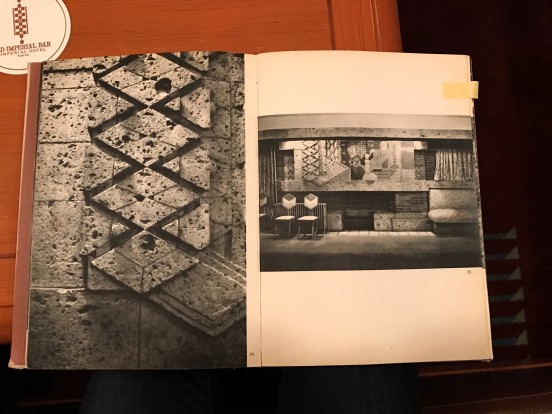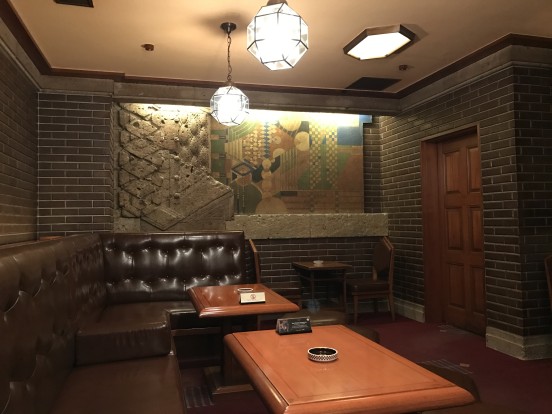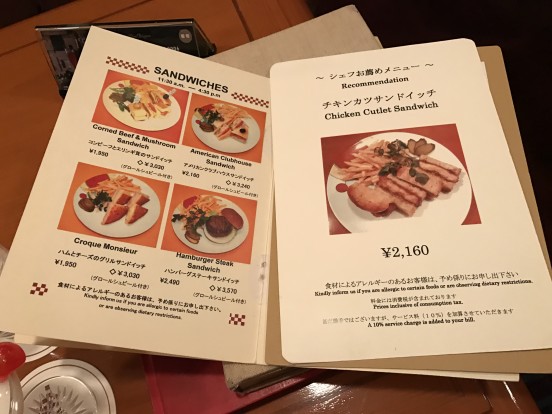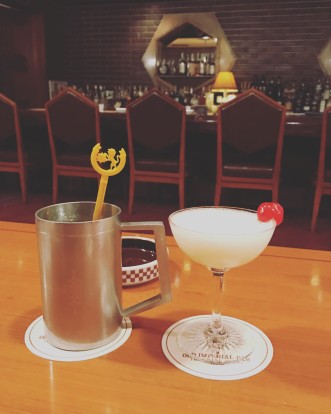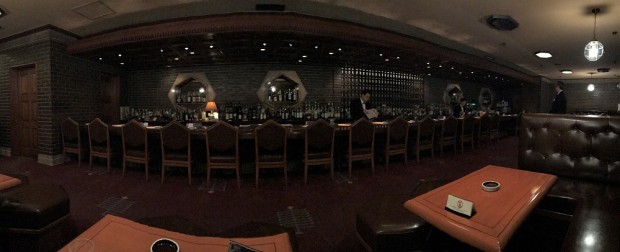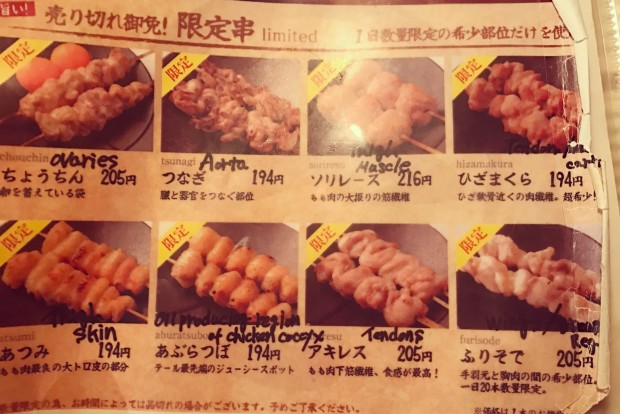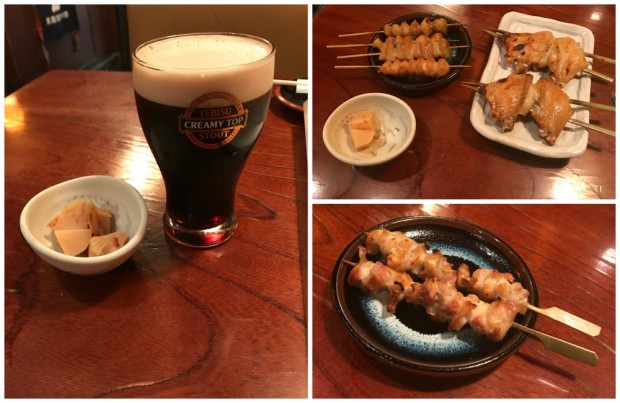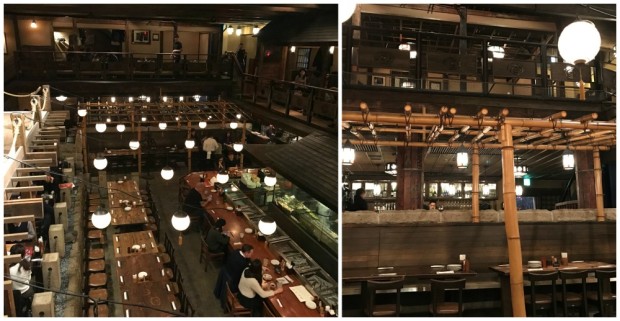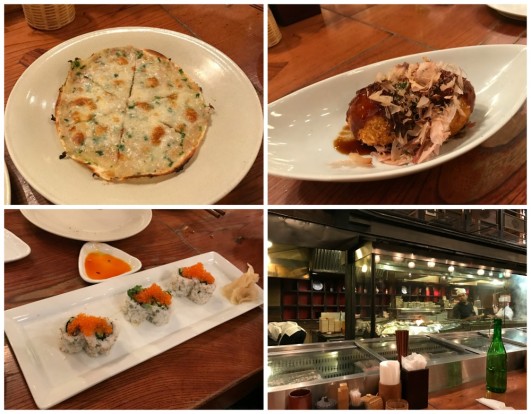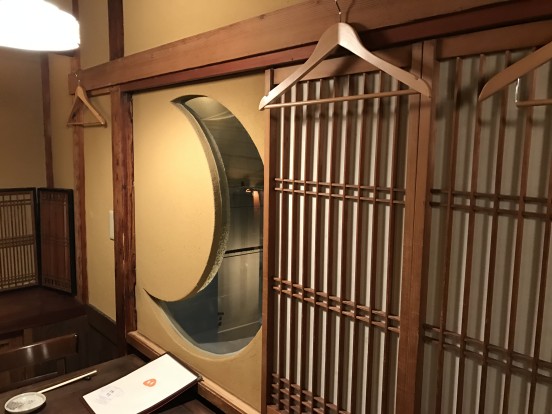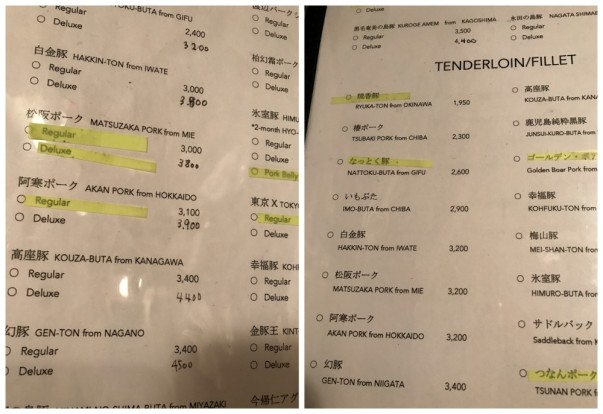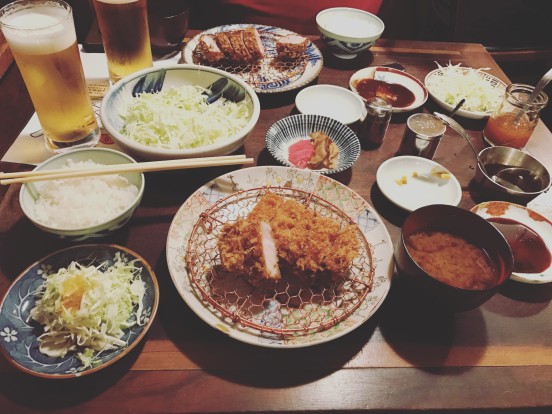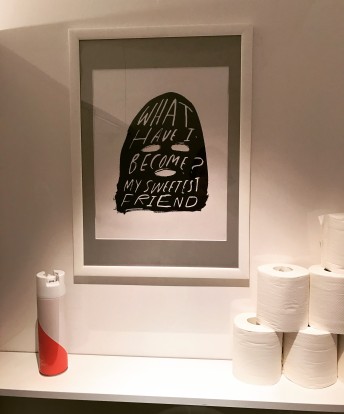It recently dawned on me that I’ve become a townie.
This development is surprising since I didn’t grow up in a college town or go to school in a college town, which were one and the same, so that label has never had any resonance. But I’ve come to recognize the provincial symptoms: nostalgia for the bad old days, suspicion of the new, disdain for outsiders with seemingly more money than sense.
I wasn’t shocked that a bowl of ramen at the new(ish) Afuri in Portland cost twice as much as in Tokyo because like most modern humans I look at online menus before I dine at restaurants. And I’m not outraged. Objectively, it’s a really good bowl of ramen. I’m not saying it’s not worth $16 (even though Manhattan-priced Ippudo is $15). But food doesn’t exist in a vacuum, and this is as good as any example what’s weird with the New Portland.
Afuri is located in an area that now some like to call the Central Eastside Industrial District, three blocks from dive, My Father’s Place, that I used to call lovingly, “Cum on the Grill,” and just up the street from a friend’s $2,000/month design studio, which will triple in rent in a few short years.

People in Portland are living in tents like it’s no big thing. Maybe everyone is too stoned to care? (Though the city, because it was traditionally do-goody, has always had a disproportionate amount of homeless.) I vaped nice and legal anxiety-quashing high CBC/low THC weed 75% of the days I was there (I was never a stoner in my youth, which is a feat in the NW) and still think there are way too many dispensaries and billboards advertising cannabis. Even local white bread Franz Bakery (that employed a delivery driver who rear-ended and totaled my parked Chevette in the late ‘90s—I will never forgive them) has cutely illustrated vans now saying “Get Portland Baked.”
Post-college, I lived on $425 a month, which my step-dude leaked to my Oregonian boyfriend a few weeks ago coupled with the advice,”Don’t ever apologize for being working class,” and the year I moved, 1998, I made roughly $14,000, the result of an $11 an hour, full-benefits, part-time (by choice) government job. (Library pages at NYPL in 2017 make $11 an hour.) Twenty years later, and practically no one I know, friends and family, makes over $40,000 a year in Oregon. (Though I haven’t a clue how much clothing design brings in, and I’m aware of an NYC transplant frenemy who earns $70,000, likely a step down salary-wise, and pays $1,800 for a studio apartment.)

Why should I care? I have a well-paying job, low overhead, no dependents, and most importantly, I don’t even live in Portland. It offends me that studio apartments in my hometown cost more than my mortgage and maintenance in Queens. And yes, Queens is still NYC. It offends me that job searches using “content” as a keyword turn up grocery store clerk positions.
Ok, back to the food. Nomad.PDX just morphed from pop-up to permanency with a $160 tasting menu, which Eater defended thusly “But remember, 20 courses for $160 is still peanuts when compared with most prices in other cities.” Not really. Sure, I wouldn’t even give it a thought in NYC. I still think that’s aggressive pricing in Portland. I once let my guard down and tried the $125 Nodoguro “Hardcore Omakase” and I can’t remember anything about it. Everyone I’ve encountered in the restaurant industry is nice, the staff are always very earnest, but there’s a lot of pretense. I almost laughed at a recent dinner when a server asked if I wanted the short or long explanation of the Venica “Talis” Pinot Bianco he was pairing with the mushroom larb. Short, please. And for what it’s worth, the $80 tasting at Langbaan is a great value.
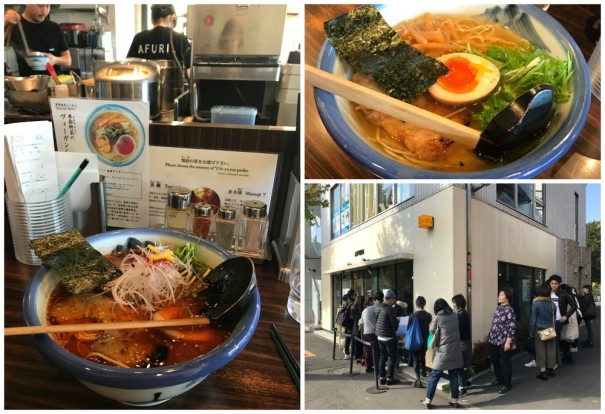
Tokyo style
Ok, now back to Afuri. The Portland branch shares the ramen in common with the Tokyo original but that’s where all resemblances end. Afuri, at least in Harajuku, isn’t a hole in the wall. There’s an upscale feel but there are only counter seats, you place your order by feeding change to a vending machine and handing the ticket to the host/cook, and there’s very little to contemplate beyond ramen or tsukemen.

The Portland restaurant is vast, with a separate bar, counter seating, and at least twenty tables, freestanding and along the wall of windows. There was more than one party that consisted of grown children accompanied by confused parents, very similar to Williamsburg. There is a wine list, cocktails, the menu has a callout box featuring five ramen on the upper right side, and the rest is devoted to hot and cold appetizers, robata offerings (St. Helens Farm beef tongue, Jacobsen salt, black pepper, scallion, sesame oil, lemon, anyone?) and sushi and sashimi. It would almost make sense for the US restaurant to use that strange SE Asian naming affectation and call it something like Yuzu by Afuri indicating its lineage but broadcasting a different concept.

Same bowl, same ladle spoon, extra metal plate.
I wasn’t asked if I wanted the standard chu-yu (chicken oil) in my yuzu ratanmen or the extra oil. It came with a marked sheen on the surface and was definitely heavier than the Japanese version. The magic of Afuri’s ramen is that it is extremely rich and concentrated but still manages to be light. I hate to use the word “clean” to describe food, though I almost felt energized the first time I ate it. This bowl still had the nice citrus tones that complemented the spice, but there was no way I could eat a pancake soufflé afterwards like I did in Tokyo. Nonetheless, I greatly enjoyed my quick Sunday afternoon meal.
But maybe I wouldn’t have if I lived there. That’s the rub. I’ve been toying with moving back to Portland, I guess for love, but I just can’t justify it when there are scant professional jobs there and my cost of living is less in NYC. I never thought I’d have much in common with rent-stabilized natives of Bushwick, yet now I’ve been gentrified out of my hometown and it’s still kind of a shithole. Keep Portland weird, you guys!
P.S. If rumors are to believed, Afuri is going gangbusters in Portland. A second downtown branch is supposedly already in the works.
Afuri * 923 S.E. 7th Ave., Portland, OR

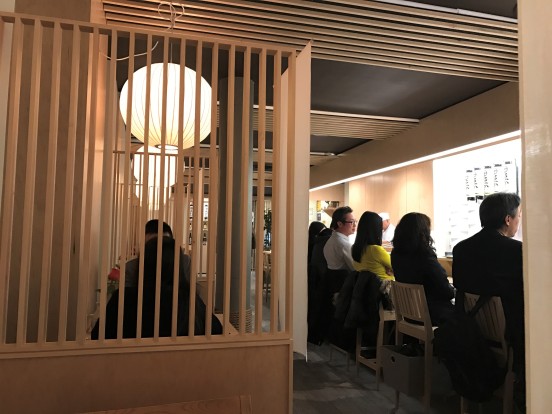
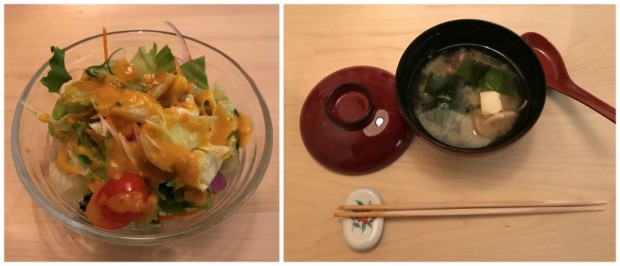

 Follow
Follow


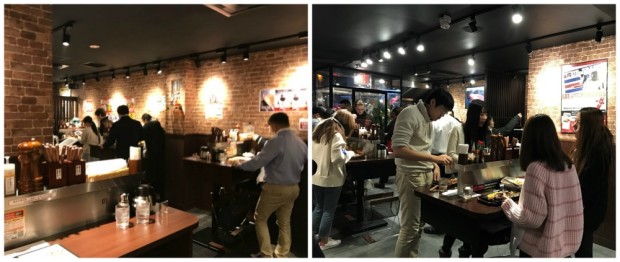
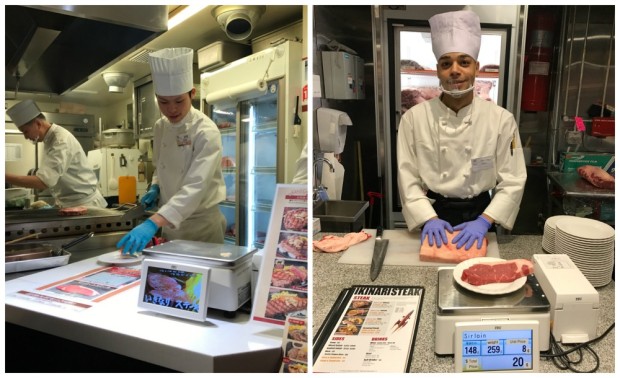
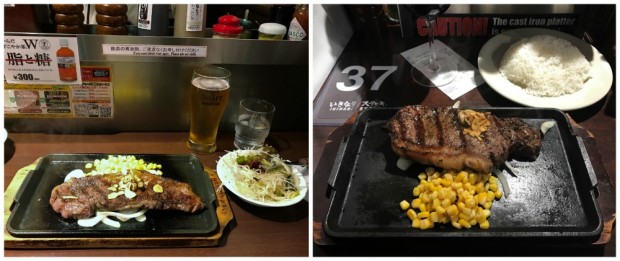
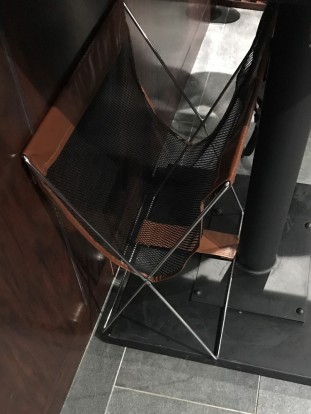
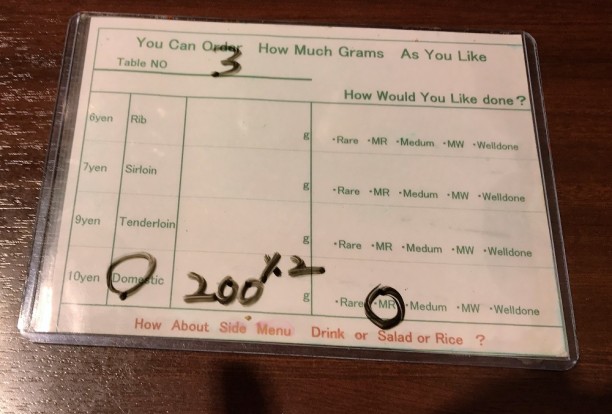
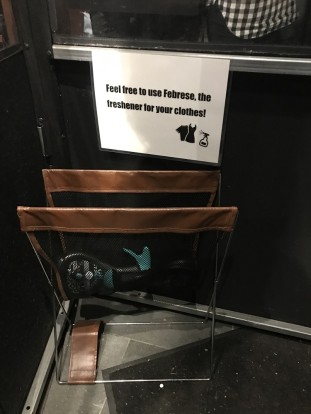
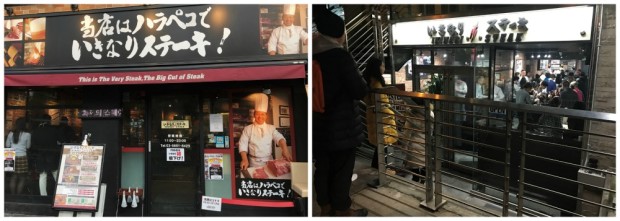





 I planned to drink at more bars for obsessives (
I planned to drink at more bars for obsessives (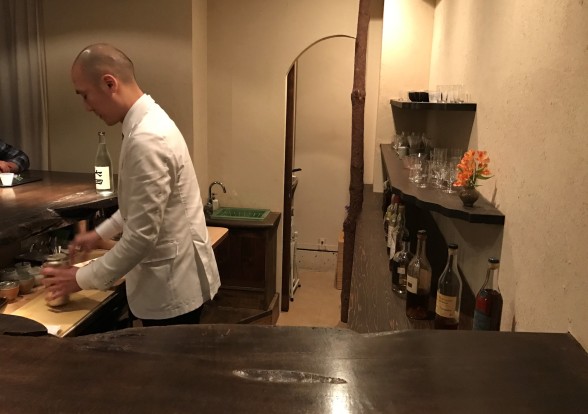
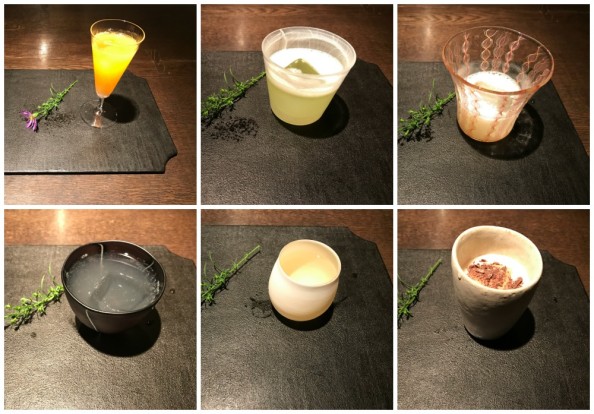
 I kind of regret not eating at any yakiniku (grilled beef) restaurants but I feared paying $50 for a few bites of wagyu. Kurauzo couldn’t be more opposite. Because I’d already eaten dinner (never opposed to second dinner/fourth meal on vacation) I was just tagging along with the beau’s jiu jitsu crew, also from Portland, in town for the annual judo Grand Slam (which only coincidentally coincided with my trip). These are paleo-ish folks so meat, no beer, salad substituted for rice.
I kind of regret not eating at any yakiniku (grilled beef) restaurants but I feared paying $50 for a few bites of wagyu. Kurauzo couldn’t be more opposite. Because I’d already eaten dinner (never opposed to second dinner/fourth meal on vacation) I was just tagging along with the beau’s jiu jitsu crew, also from Portland, in town for the annual judo Grand Slam (which only coincidentally coincided with my trip). These are paleo-ish folks so meat, no beer, salad substituted for rice.